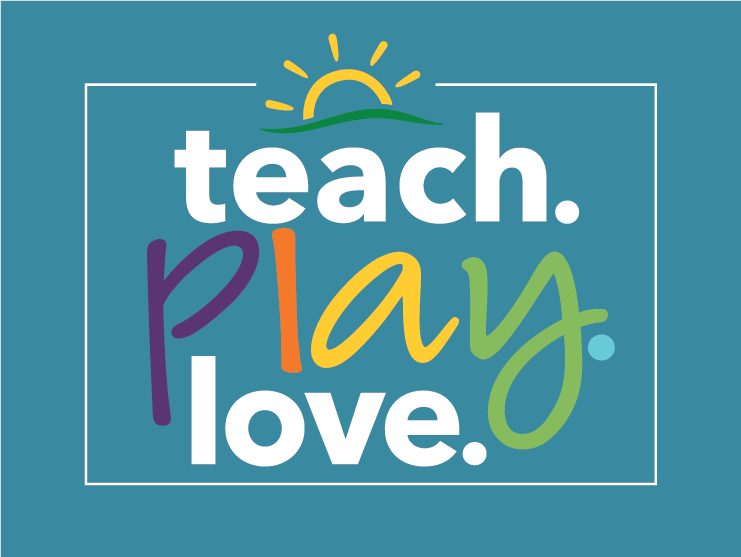You arrange a playdate with old friends, and you look forward to catching up and introducing your child to them.
Yet, when you arrive, your child hides behind your legs, refusing to make eye contact or acknowledge your friend in any way. What should you do?
Many of us have had this experience, and our reactions may range from mild amusement to embarrassment or even frustration. As parents, we wonder if we should force a child to make a social gesture or just let it go.
While every situation is different, we suggest a place somewhere in the middle.
When partnering with children to help foster the development of social skills, it is important to take your child’s temperament into consideration. Children who are slow-to-warm-up will need more time and support from their trusted caregiver before they feel comfortable enough to interact.
Some children, on the other hand, may approach new people readily and excitedly, even as babies.
Temperament, as we discuss it here, is not always black and white. Most children will fall somewhere in the middle of these two behaviors; sometimes they will need additional help and support and sometimes they will jump right in! Knowing this will allow you to take the appropriate approach when assisting your child in the development of social skills.
Here are a few ideas to help you navigate those tricky social situations and promote social-emotional development.
Fostering Social Skills
Diffuse an awkward moment. A child who refuses to say hello, give a hug, or shake hands is feeling a real need that should be validated and respected. Never force your child to give someone a hug. After all, a child who understands that they can say no to situations that are uncomfortable possesses a powerful tool. Instead, simply greet the person on behalf of the child with as little fuss as possible. Change the subject and move on.
Offer alternatives. Later in private, talk with your child about how they were feeling. Reinforce the idea that your child doesn’t have to offer physical affection of they don’t feel comfortable, but encourage some sort of acknowledgment, which could be a simple “hi”, eye contact, or a wave. It may be helpful here to provide your child with a script of what they can say during these times, so they continue to feel empowered. Of course, you will still be there to support them through this.
Be a role model. In most circles, the days of prescribed Emily Post-style social etiquette rules are over, but warmth and graciousness never go out of style. Demonstrate social skills by making sure your child sees you greeting and welcoming others.
Give the back story. Children don’t always understand the reasons for social niceties or good manners and may view them as arbitrary or nonsensical. Helping children understand the “whys” of social etiquette can facilitate their buy-in and, thus, their social development. For example, you could explain, “When we say hello and look people in the eye, it sends the message that we are glad to see them. We value them and want them to feel welcome.”
Learn through literature. Children’s books are a wonderful, non-intimidating way to explore all kinds of challenging life situations. Read children’s literature that contains positive examples of friendship and graciousness to spark a conversation or offer a helpful model. A few books we love include “Chester’s Way” by Kevin Henke, “Should I Share My Ice Cream” by Mo Willems, Friends by Helme Heine, “Days with Frog and Toad” by Arnold Lobel, and “A Sick Day for Amos McGee” by Philip C. Stead and Erin Stead. The Center on the Social and Emotional Foundations for Early Learning at Vanderbilt University offers downloadable and printable social stories that provide a simple way to directly teach social skills.
Practice, practice, practice. Most adults can relate to the feeling of entering an unknown social situation and feeling unsure of how to act or what to say. This feeling is multiplied tenfold for young children who have limited life experience. Prep your child before any social activity. Tell your child who will be there, what they’ll be doing, and what they can do to feel comfortable. Then practice giving a simple greeting or shaking hands. Elementary-aged children can practice introducing themselves. Equip your child with the social skills she’ll need for success by teaching them to ask a question or give a compliment as an ice breaker in uncomfortable social situations. Another trick is to teach your child to look around for others who may need help or who may feel shy.
Navigating new social interactions
Young children have only been on the planet a few short months or years.
As part of their social skills education, they must learn not only to comprehend language, but to understand subtle nuances, pragmatics, and body language. They must decipher complicated emotions and social customs that can vary from culture to culture and place to place.
No wonder they sometimes seem bewildered or overwhelmed!
Be patient as your child develops social competence. Remember that every child is different.
The young child who shies away from social situations will eventually learn social graces with enough time, patience and modeling.




